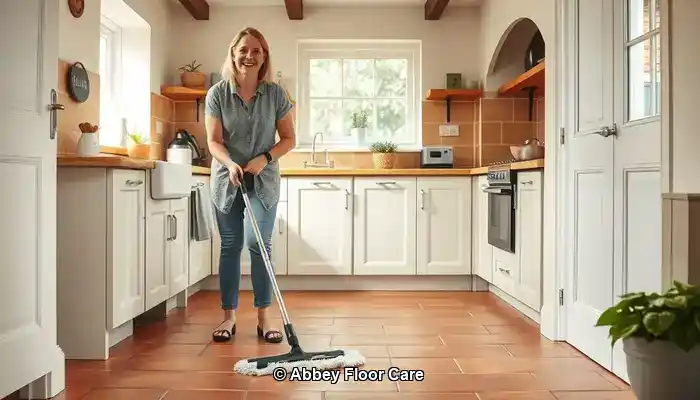
Last Updated on September 29, 2025 by David
Proven Techniques for Preserving the Beauty of Terracotta Floors
-
- Understanding the Porous Characteristics of Terracotta reveals how easily dirt can accumulate, particularly in humid environments like Surrey.
- Significance of an Effective Sealing Process is critical to safeguarding the tile surface against moisture and grime penetration.
- Regular Maintenance is Essential—implementing daily sweeping and weekly mopping with pH-neutral cleaners can significantly enhance the durability and visual appeal of your tiles.
- Steer Clear of Harsh Chemicals and Steam Mops, as these can deteriorate the sealant and damage the tile surface.
- Opt for Eco-Friendly Cleaning Products, especially in households with pets or children, to ensure a safe environment.
- Explore Professional Restoration Services for thorough cleaning and resealing, guaranteeing that your tiles remain well-maintained over time.
- Utilize Rugs and Mats Wisely in high-traffic zones to reduce dirt transfer onto the tiles.
- Effective Moisture Management is Crucial—ensure proper ventilation and quickly address spills to avoid staining and mold development.
What Makes Terracotta Susceptible to Quick Dirt Buildup?
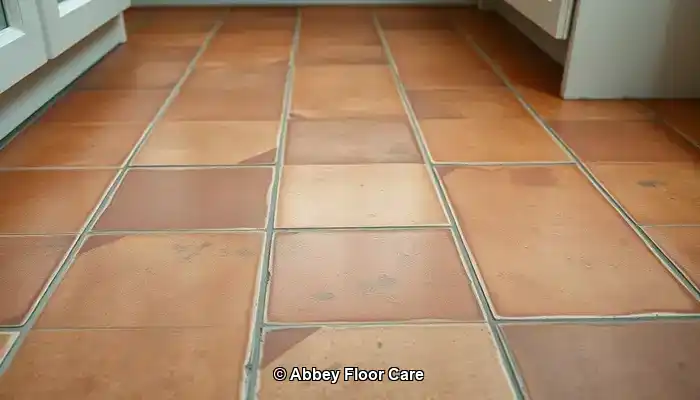
Terracotta tiles are a visually appealing flooring choice, especially in traditional or rustic-style homes throughout Surrey. Their warm hues and natural textures add a unique character to any environment. However, despite their aesthetic charm, terracotta is well-known for its tendency to quickly accumulate dirt. Recognizing the factors that contribute to this phenomenon is essential for effective cleaning and maintenance strategies.
Expert Insights: Recommended Products for Ongoing Terracotta Care
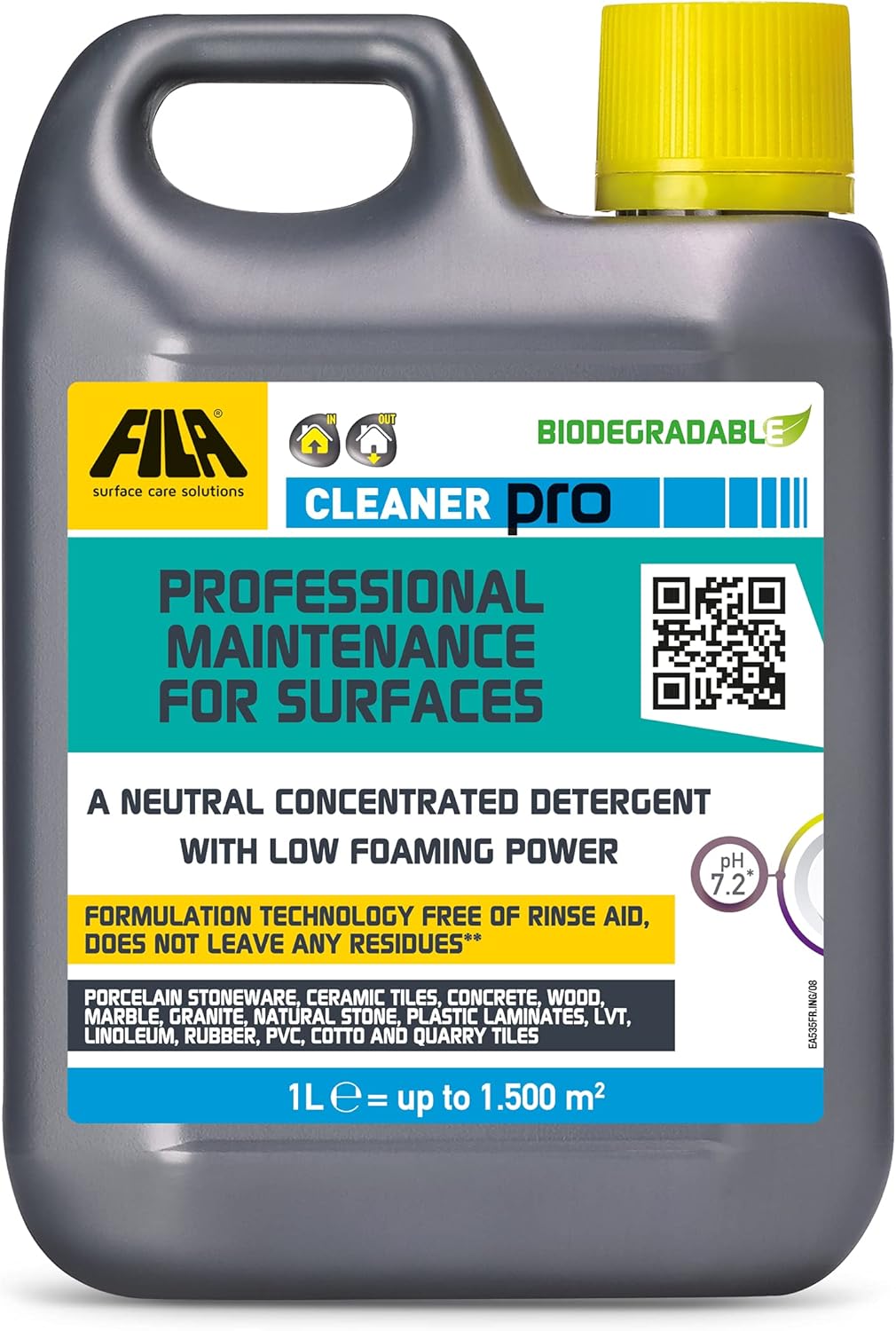
Fila Pro Floor Cleaner
|
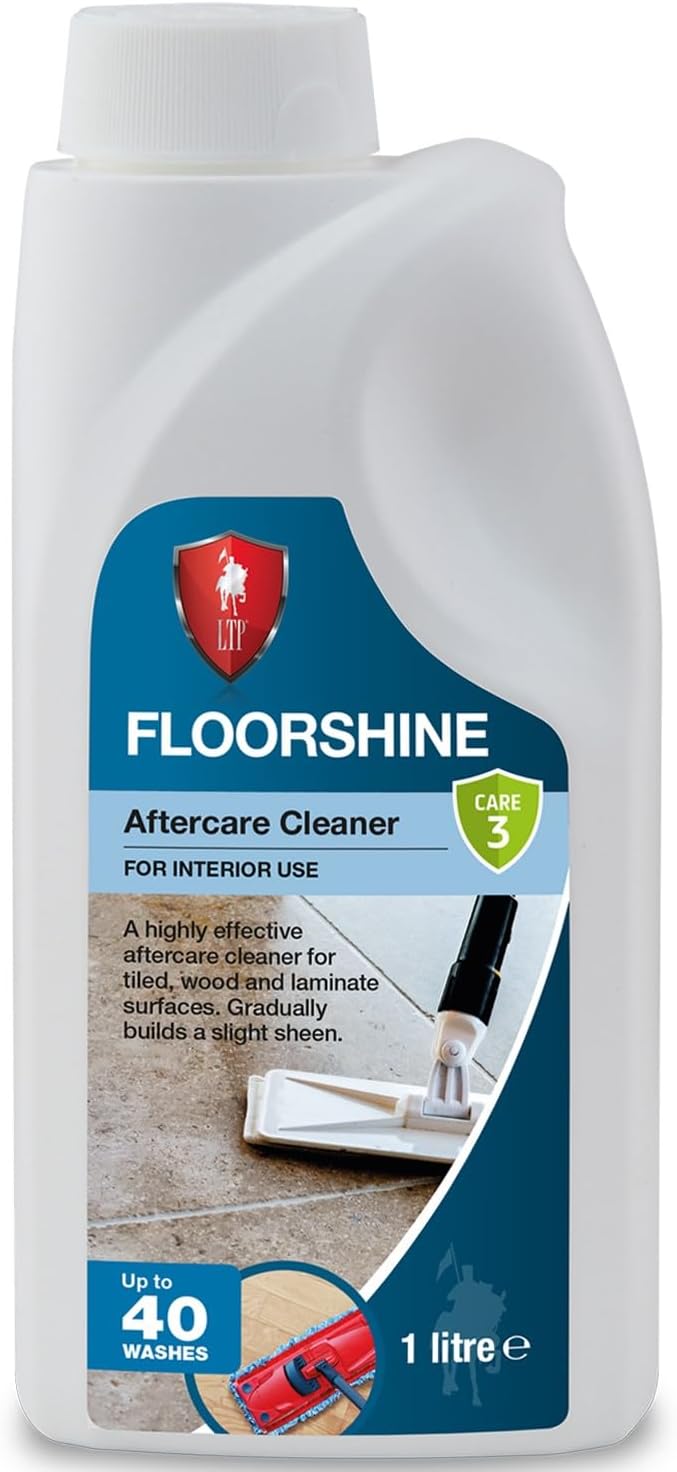
LTP Floorshine
|
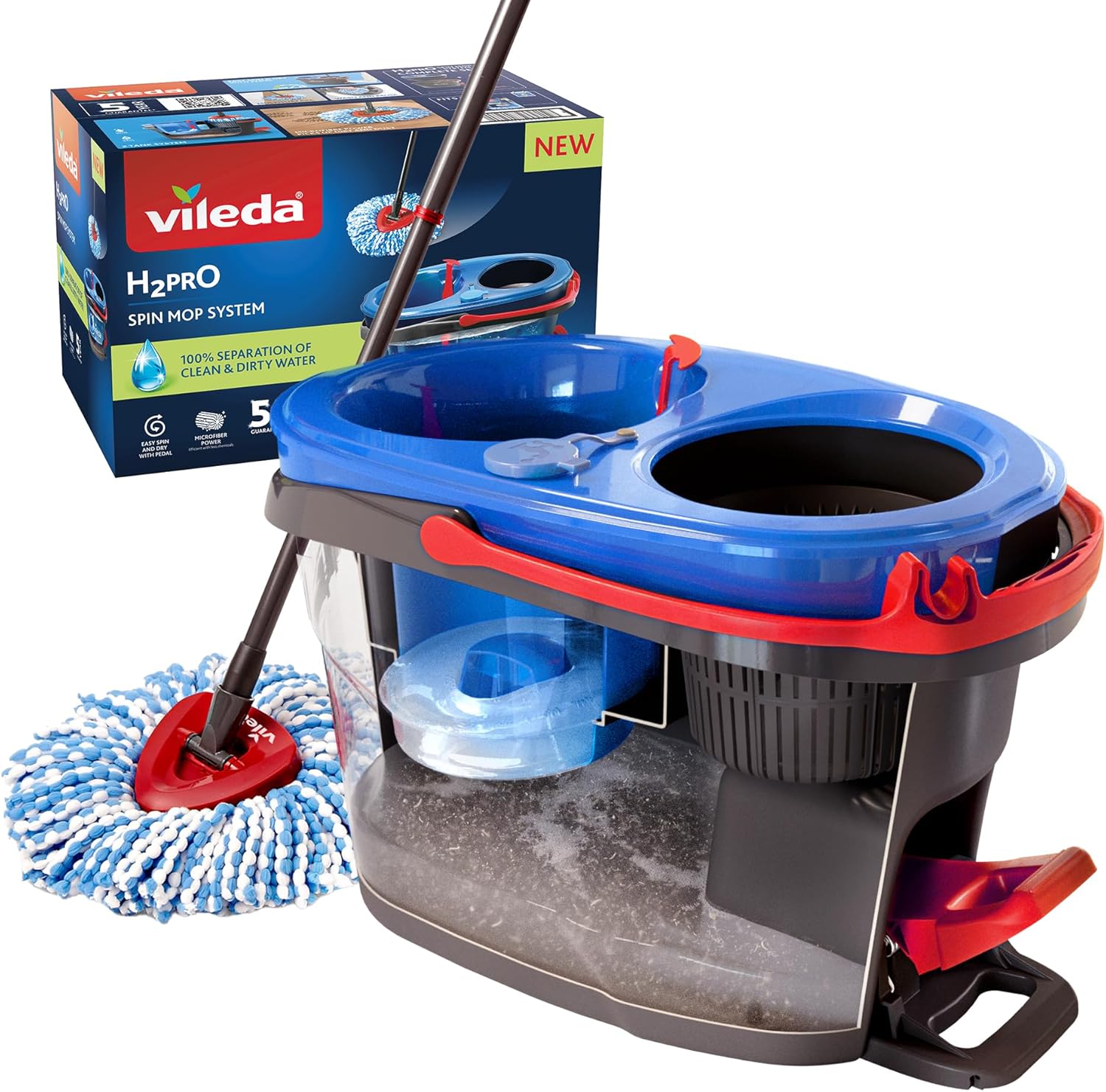
Vileda H2PrO Spin Mop System
|
Understanding Porosity: An Essential Factor
Terracotta is crafted from natural clay and fired at much lower temperatures than other tile types. This production method results in a highly porous surface that easily absorbs moisture, oils, and dirt, functioning similarly to a sponge. This porosity allows grime to penetrate deep into the tile, making it increasingly challenging to remove with standard cleaning methods.
Unsealed terracotta is particularly vulnerable to staining. Without a protective layer, even minor spills or muddy footprints can leave permanent marks. Over time, this leads to a dull, stained appearance that is difficult to restore without professional help.
How Does Surrey's Climate Influence Dirt Accumulation?
The weather conditions in Surrey significantly impact how quickly terracotta floors become dirty. Frequent rain and humidity result in increased moisture being tracked indoors, especially in areas like entryways and conservatories.
Residences near wooded areas or gardens are even more susceptible to dirt buildup. Soil, pollen, and organic debris can easily make their way onto terracotta surfaces, particularly if footwear is not removed at the entrance.
Daily Habits Contributing to Increased Dirt Accumulation
Beyond environmental factors, daily habits can exacerbate the dirt issue. Utilizing inappropriate cleaning products, such as acidic solutions or bleach, can strip protective coatings and damage the tile surface. Although steam mops may seem convenient, they often push moisture deeper into the tile, worsening the situation.
High-traffic areas, such as kitchens and hallways, naturally experience more wear. Without consistent sweeping and mopping, dirt accumulates quickly, becoming embedded within the tile's texture.
Effective Strategies for Keeping Terracotta Floors Spotless
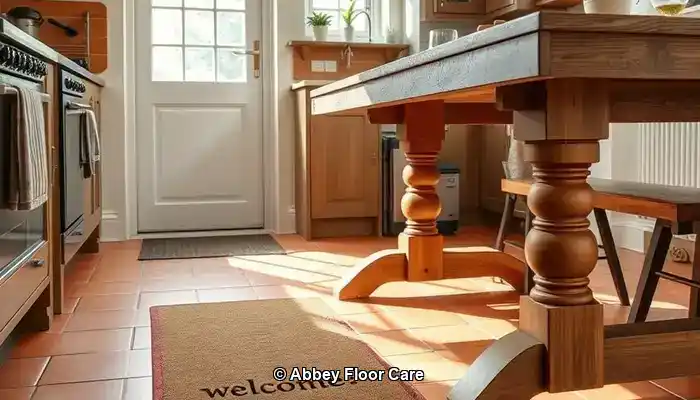
Maintaining clean terracotta floors involves not just reactive measures against dirt but also proactive strategies to prevent it from settling in. In homes across Surrey, where damp weather and outdoor foot traffic are common, regular maintenance is crucial for preserving the natural allure of terracotta tiles.
Sealing: The Primary Defense Against Dirt
The most effective way to prevent terracotta from becoming dirty quickly is through proper sealing. A high-quality, breathable sealant creates a protective barrier that repels moisture, oils, and grime. For homes in Surrey, where humidity can fluctuate, sealing becomes essential in preventing water absorption that leads to staining and mold growth.
Experts recommend resealing terracotta tiles every 12 to 18 months, depending on foot traffic and exposure to moisture. In high-usage areas like kitchens, hallways, and conservatories, more frequent resealing may be necessary. Always select a sealant specifically formulated for porous stone and avoid glossy finishes that can attract dirt.
Strategic Layout Choices: Enhancing Cleanliness with Rugs and Mats
Thoughtfully positioning rugs and mats can significantly reduce the amount of dirt that reaches your terracotta tiles. Heavy-duty doormats at entryways effectively trap mud and moisture before they enter your home. In high-traffic zones, such as hallways or under dining tables, area rugs act as a protective barrier, safeguarding the tiles from wear and damage.
In rooms connected to outdoor spaces, consider using washable runners that can be easily cleaned on a regular basis. These not only help maintain the integrity of the tiles but also enhance the aesthetic appeal of your living area.
Effective Moisture Management Strategies for Homes in Surrey
The humid climate of Surrey can accelerate dirt accumulation on terracotta floors. To counter this, utilize dehumidifiers in confined spaces and ensure adequate ventilation throughout your home. Promptly clean up spills and avoid leaving wet items—such as shoes or towels—on the floor.
If your terracotta is installed in a conservatory or garden room, consider incorporating blinds or UV filters to minimize condensation and prevent sun damage. These small changes can greatly affect how your tiles age over time.
By combining effective sealing, smart design choices, and moisture management strategies, homeowners in Surrey can significantly reduce the rate at which terracotta floors collect dirt. The following section will explore the best cleaning practices to maintain that fresh, vibrant appearance day after day.
Optimal Cleaning Practices for Terracotta Tiles
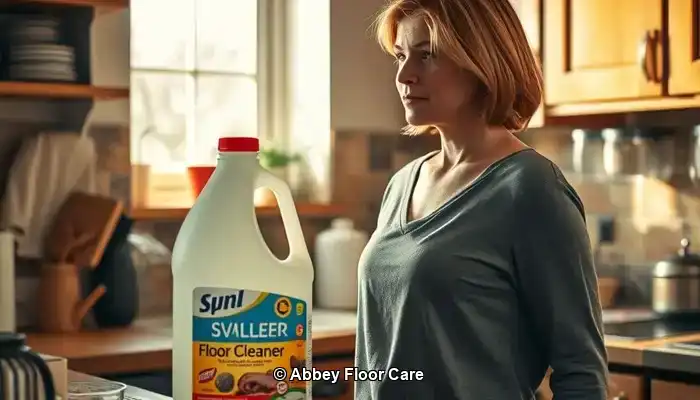
Even with appropriate sealing and preventative measures in place, terracotta floors require consistent attention to maintain their natural beauty. The key lies in employing the right techniques and products that effectively clean without damaging the porous tile surface.
Establishing a Daily and Weekly Maintenance Schedule
In homes across Surrey, where outdoor elements frequently enter, daily sweeping or vacuuming is essential. A soft-bristle broom or a vacuum with a hard floor setting should be utilized to remove dust, grit, and organic debris before it has a chance to settle into the tile.
For weekly maintenance, mop with warm water and a pH-neutral cleaner specifically designed for natural stone. It’s crucial to avoid saturating the floor—damp mopping is the preferred method. Excess moisture can penetrate the tile, resulting in staining or mold growth, particularly in older or poorly sealed installations.
Selecting the Most Suitable Cleaning Products for Terracotta
Opt for products that are both gentle and effective. Look for labels indicating “stone-safe,” “non-acidic,” or “pH-neutral.” In Surrey, where eco-conscious cleaning is increasingly valued, many homeowners prefer biodegradable cleaners that are safe for both pets and children.
Avoid multi-surface cleaners containing bleach, ammonia, or citrus extracts, as these can strip sealants and etch the terracotta, making it more susceptible to future staining.
For stubborn stains, use a soft cloth with a diluted solution of a stone cleaner. Never scrub with abrasive pads or wire brushes, as these can scratch the surface and create future cleaning challenges.
Avoiding Harmful Cleaning Methods: Harsh Chemicals and Steam Equipment
While steam mops may seem convenient, they are not suitable for terracotta. The high temperature and moisture can infiltrate the tile and weaken the sealant, causing long-term damage. Similarly, acidic cleaners such as vinegar or lemon juice—even when diluted—can erode the tile’s surface and cause discoloration.
Stick to gentle cleaning methods and always test any new products on a small, inconspicuous area before applying them to the entire floor.
Weighing Professional versus DIY Care for Terracotta
When it comes to caring for terracotta floors, many homeowners in Surrey initially resort to DIY cleaning techniques. While routine sweeping and mopping are beneficial, there comes a time when professional assistance is not just advantageous but essential.
Recognizing When to Consult a Tile Specialist in Surrey
If your terracotta tiles exhibit signs of deep staining, uneven color, or surface wear, it may be time to seek professional assistance. Tile care specialists in Surrey employ advanced tools and stone-safe products that penetrate deeper than typical household cleaners. They can also evaluate whether your sealant has degraded and recommend an appropriate resealing schedule based on your specific home conditions.
Restoration services typically include deep cleaning, stain removal, and reapplication of breathable sealants that protect without altering the tile’s natural appearance. For older homes or heritage properties, specialists can even replicate the original finish to maintain authenticity.
Analyzing Costs Against Longevity: Is Professional Care Worth the Investment?
While DIY cleaning may seem more cost-effective, it often yields only short-term results. Without adequate sealing and deep cleaning, dirt continues to accumulate, necessitating more frequent maintenance and risking irreversible damage.
Conversely, professional care can extend the lifespan of your terracotta floors. A single restoration visit can rejuvenate color, eliminate embedded grime, and protect the surface for months or even years. This investment proves invaluable in high-traffic areas, such as kitchens or hallways, as it reduces maintenance needs and enhances visual appeal.
Homeowners in Surrey who prioritize long-term property maintenance and curb appeal often discover that hiring expert services provides peace of mind and superior outcomes. Additionally, many local providers offer eco-friendly options and customized maintenance plans to suit your lifestyle.
Eco-Friendly and Safe Alternatives for Cleaning Terracotta
The natural allure of terracotta deserves care that is equally sustainable. For homeowners in Surrey looking to maintain their floors clean without compromising health or environmental integrity, eco-friendly cleaning solutions are an excellent choice. Fortunately, modern products and techniques make it straightforward to protect your tiles and home without resorting to harsh chemicals.
Choosing Non-Toxic Sealants and Cleaning Solutions
Traditional sealants often contain solvents that release volatile organic compounds (VOCs), which can linger in the air and negatively affect indoor air quality. Nowadays, eco-friendly alternatives utilize water-based formulas that are low in VOCs and safe for use around children and pets.
When selecting a cleaner, look for labels indicating “biodegradable,” “plant-based,” or “stone-safe.” These products are specifically crafted to lift dirt without harming the porous surface of terracotta. Brands specializing in natural stone care often offer concentrated solutions that can be diluted for daily use, assisting in reducing waste and packaging.
Safe Cleaning Solutions for Households with Pets and Children
In active Surrey households, safety is as important as cleanliness. Avoid using bleach, ammonia, and acidic cleaners like vinegar, which can damage the tile and pose risks to pets and young children. Instead, opt for gentle formulations derived from coconut oil, citrus enzymes, or mineral-based ingredients.
For those who prefer DIY cleaning methods, a simple mixture of warm water and a few drops of castile soap can be surprisingly effective for light cleaning tasks. Just ensure to test any homemade solution on a small area first to confirm it doesn’t negatively impact the sealant or finish.
Establishing Sustainable Cleaning Practices
Eco-friendly care extends beyond the products used; it also involves adopting mindful habits. Utilize reusable microfiber cloths and mops instead of disposable cleaning pads. Regular sweeping can minimize the need for frequent wet cleaning. When resealing, select products with recyclable packaging and minimal environmental impact.
Several floor care professionals in Surrey now offer green cleaning packages, employing certified non-toxic products and sustainable methods. If uncertain about where to begin, arranging a consultation with a local expert can help you develop a routine that is both effective and environmentally conscious.
Ensure Your Terracotta Floors Remain Beautiful
Terracotta flooring adds warmth, character, and timeless elegance to homes in Surrey. However, its porous nature necessitates careful attention to keep it clean and vibrant. By comprehending the reasons behind the rapid accumulation of dirt, ensuring proper sealing, and implementing effective cleaning practices, you can significantly reduce grime buildup and extend the life of your tiles.
Whether managing a bustling household or restoring a heritage property, consistency is essential. Daily sweeping, employing pH-neutral cleaning products, and resealing periodically can greatly enhance maintaining an immaculate appearance. And should stains or wear arise, do not hesitate to engage the services of a local specialist for professional restoration.
Utilizing eco-friendly products and safe cleaning routines ensures your floors remain stunning without compromising health or environmental integrity. With the right approach, terracotta can continue to be a breathtaking feature in your home for many years to come.
Are you ready to intelligently safeguard your floors? Contact us today for expert terracotta maintenance tailored to the unique conditions of Surrey. Let’s work together to keep your home looking its absolute best—naturally.
Frequently Asked Questions Regarding Terracotta Floor Maintenance
Terracotta floors are timeless yet come with unique care requirements. Below are answers to the most frequently asked questions from Surrey homeowners seeking to maintain their tiles in a clean, protected, and beautiful state.
How Frequently Should I Reseal My Terracotta Tiles?
In most Surrey residences, terracotta should be resealed every 12 to 18 months. However, this timeframe can vary based on foot traffic, moisture exposure, and whether the tiles are indoors or outdoors. Areas like kitchens, hallways, and conservatories may necessitate more frequent resealing. If you notice your tiles absorbing water or appearing dull, it’s time to reseal.
Can I Use Vinegar or Bleach on Terracotta Tiles?
No—vinegar, bleach, and other acidic or harsh cleaners can damage terracotta. These substances deteriorate sealants and etch the tile surface, leading to permanent discoloration. Always choose pH-neutral, stone-safe cleaners specifically formulated for porous flooring.
What’s the Best Mop for Cleaning Terracotta Floors?
A microfiber mop is perfect for terracotta. It effectively captures dust and dirt without scratching the surface, using minimal water—this is critical for porous tiles like terracotta. Avoid sponge mops or steam mops, as they can oversaturate the tile and weaken the sealant.
Is It Safe to Use DIY Cleaning Solutions?
Yes, but with caution. A mild mixture of warm water and castile soap can be effective for light cleaning. Always test any homemade solution on a small, hidden area first. Avoid anything acidic or abrasive, and never apply homemade cleaners to unsealed tiles.
What Should I Do If My Tiles Are Already Stained?
If stains have set in, professional restoration is your best option. Tile care specialists based in Surrey can deep clean, remove embedded grime, and reseal the surface to restore the tile’s original color and texture. DIY methods may worsen the damage if inappropriate products are used.
The Article Tired of Dirty Terracotta? How to Keep It Clean Longer first found on https://www.abbeyfloorcare.co.uk
The Article Keep Terracotta Clean Longer: Tips for a Spotless Finish appeared first on https://fabritec.org
The Article Terracotta Cleaning Tips for a Spotless Finish Was Found On https://limitsofstrategy.com


No responses yet